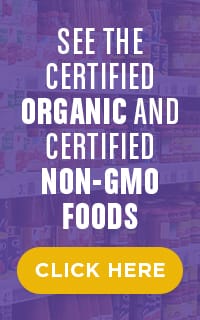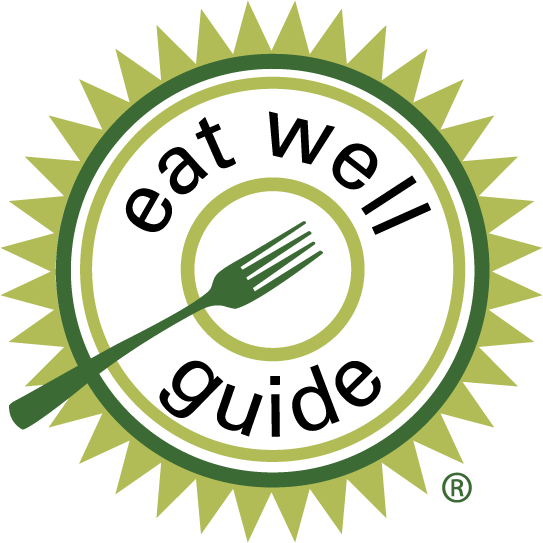Synthetic food dyes are associated with adverse neurobehavioral outcomes in children.
2021. Potential Neurobehavioral Effects of Synthetic Food Dyes in Children. California Environmental Protection Agency. Office of Environmental Health Hazard Assessment.
EFSA finds that there is "limited evidence" that Allura Red in a mixture with other synthetic colors and sodium benzoate has a "small and statistically significant effect on activity and attention in children selected from the general population."
European Food Safety Authority (EFSA). 2009. Scientific Opinion on the re-evaluation of Allura Red AC (E 129) as a food additive. EFSA Journal 7(11), 1327.
EFSA concludes that some sensitive individuals may experience allergic reactions at dose levels within the ADI.
European Food Safety Authority (EFSA). 2009. Scientific Opinion on the re-evaluation of Allura Red AC (E 129) as a food additive. EFSA Journal 7(11), 1327.
NTP Toxcast scored 2.5-3.5
National Toxicology Program (NTP): EWG Toxcast Analysis
A peer-reviewed study reports nervous system effects at the acceptable daily dose for humans.
Ali Noorafshan, Maedeh Hashemi, Saied Karbalay-Doust & Fatemeh Karimi. 2018. High dose Allura Red, rather than the ADI dose, induces structural and behavioral changes in the medial prefrontal cortex of rats and taurine can protect it. Acta histochemica 120(6), 586-594.
A peer-reviewed study reports that Red 40 affects the function of an enzyme important for the endocrine system.
Kanako Satoh, Rhouichi Nonaka, Fusako Ishikawa, Akio Ogata & Fumiko Nagai. 2008. In vitro screening assay for detecting aromatase activity using rat ovarian microsomes and estrone ELISA. Biological & pharmaceutical bulletin 31(3), 357-62.
Review article concluded that Red 40 caused hypersensitivity reactions.
Peer Reviewed Literature: Kobylewski, S. & Jacobson, M.F. 2012. Toxicology of food dyes. International journal of occupational and environmental health 18(3), 220-46.
Review article concluded that Red 40 caused hypersensitivity reactions.
Peer Reviewed Literature: Kobylewski, S. & Jacobson, M.F. 2012. Toxicology of food dyes. International journal of occupational and environmental health 18(3), 220-46.
Some data submitters indicate they consider this substance as Persistent, Bioaccumulative and Toxic
European Chemicals Agency (ECHA): GHS Data from ECHA Website
Concerns from impurities
Impurity: ANILINE
Suspected of causing genetic defects
EU GHS Hazard Labeling Codes: GHS Hazard Codes
Impurity: ANILINE
Suspected of causing cancer
EU GHS Hazard Labeling Codes: GHS Hazard Codes
Impurity: ANILINE
Causes damage to organs through prolonged or repeated exposure
EU GHS Hazard Labeling Codes: GHS Hazard Codes
Impurity: ANILINE
Known to cause cancer
California OEHHA (Office of Environmental Health Hazard Assessment): Proposition 65 List (2020 Update)
Impurity: 6-METHOXY-M-TOLUIDINE
May cause cancer
EU GHS Hazard Labeling Codes: GHS Hazard Codes
Impurity: 6-METHOXY-M-TOLUIDINE
Known to cause cancer
California OEHHA (Office of Environmental Health Hazard Assessment): Proposition 65 List (2020 Update)
Impurity: MERCURY
Causes damage to organs through prolonged or repeated exposure
EU GHS Hazard Labeling Codes: GHS Hazard Codes
Impurity: MERCURY
May damage the unborn child.
EU GHS Hazard Labeling Codes: GHS Hazard Codes
Impurity: CADMIUM
Suspected of causing genetic defects
EU GHS Hazard Labeling Codes: GHS Hazard Codes
Impurity: CADMIUM
May cause cancer
EU GHS Hazard Labeling Codes: GHS Hazard Codes
Impurity: CADMIUM
Causes damage to organs through prolonged or repeated exposure
EU GHS Hazard Labeling Codes: GHS Hazard Codes
Impurity: CADMIUM
Suspected of damaging fertility.
EU GHS Hazard Labeling Codes: GHS Hazard Codes
Impurity: CADMIUM
Suspected of damaging the unborn child.
EU GHS Hazard Labeling Codes: GHS Hazard Codes
Impurity: CADMIUM
Carcinogenic to humans
International Agency for Research on Cancer (IARC): Agents classified by the IARC Monographs (through Volume 127)
Impurity: CADMIUM
Known To Be Human Carcinogen
National Toxicology Program (NTP): NTP 14th Report on Carcinogens
Impurity: ANILINE
Probably carcinogenic to humans
Environmental Protection Agency (EPA): EPA Integrated Risk Information System (IRIS) - Cancer
Impurity: ANILINE
Probably carcinogenic to humans
International Agency for Research on Cancer (IARC): Agents classified by the IARC Monographs (through Volume 127)
Impurity: 6-METHOXY-M-TOLUIDINE
Reasonably Anticipated To Be Human Carcinogen
National Toxicology Program (NTP): NTP 14th Report on Carcinogens
Impurity: CADMIUM
Probably carcinogenic to humans
Environmental Protection Agency (EPA): EPA Integrated Risk Information System (IRIS) - Cancer
Impurity: MERCURY
EPA's review of industry submitted toxicity data and the potential for human exposure concludes that this substance poses a high risk for human health.
Environmental Protection Agency (EPA): EPA Hazard-Based Prioritizations - Risks
Impurity: 6-METHOXY-M-TOLUIDINE
Possibly carcinogenic to humans
International Agency for Research on Cancer (IARC): Agents classified by the IARC Monographs (through Volume 127)
Impurity: 6-METHOXY-M-TOLUIDINE
NTP Toxcast scored 1.5-2.5
National Toxicology Program (NTP): EWG Toxcast Analysis








 EWG's Good Food on a Tight Budget
EWG's Good Food on a Tight Budget
 EWG's Shopper's Guide to Pesticides in Produce
EWG's Shopper's Guide to Pesticides in Produce
 EWG's Good Seafood Guide
EWG's Good Seafood Guide
 EWG's Healthy Living: Home Guide
EWG's Healthy Living: Home Guide
 EWG's Tap Water Database
EWG's Tap Water Database
 EWG and Keep A Breast Foundation's Dirty Dozen List of Endocrine Disruptors
EWG and Keep A Breast Foundation's Dirty Dozen List of Endocrine Disruptors


